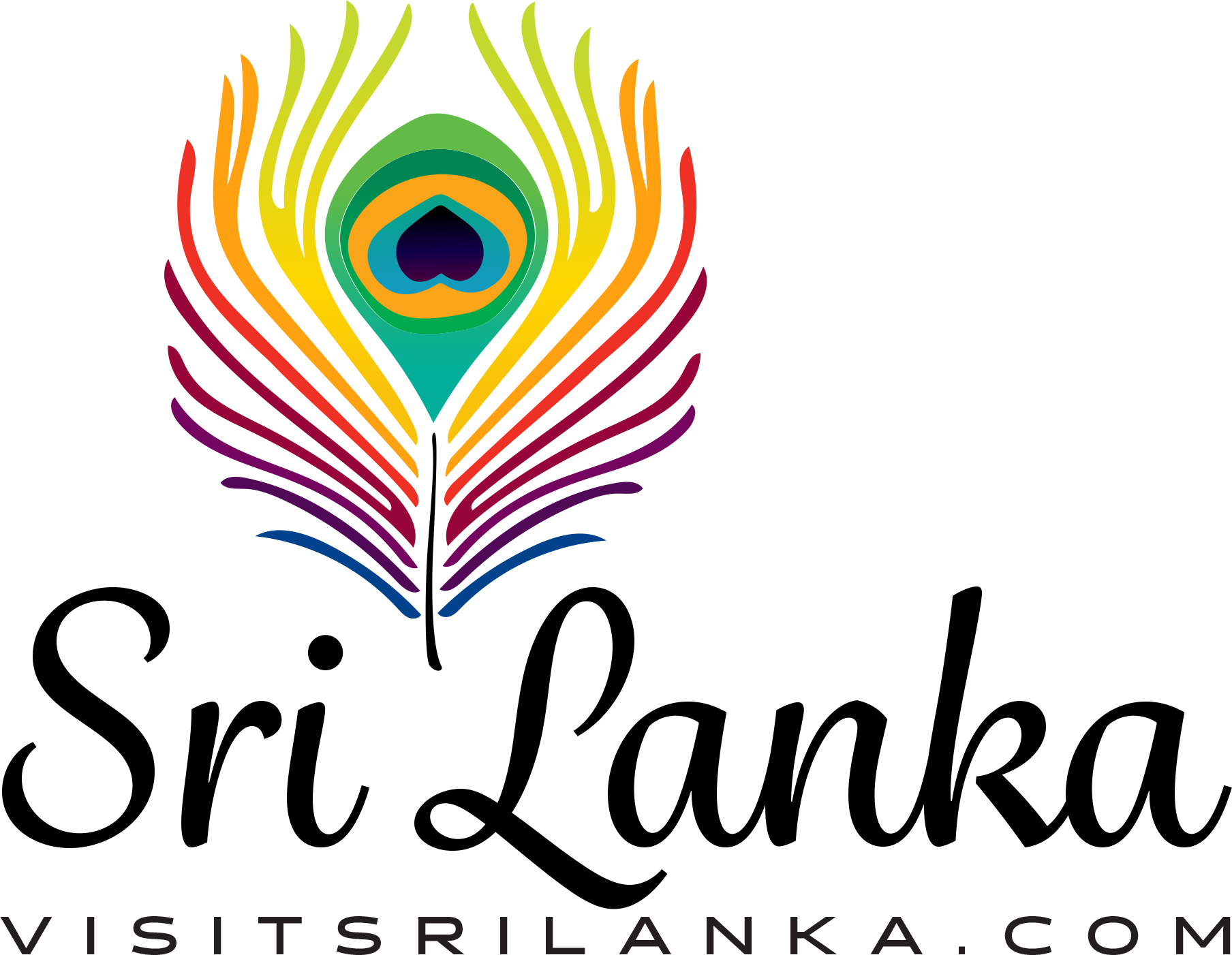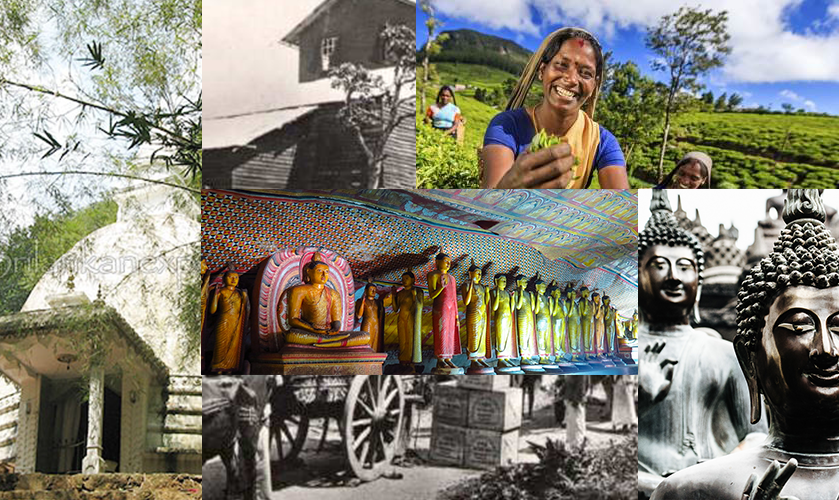The Golden Era
Early 1950s was the golden era in the recent history of Sri Lanka, during which Queen Elizabeth II also visited Sri Lanka. It is the earliest time that I can now remember. That was my first year in the secondary school in Jaffna in the northern part of Sri Lanka. Two years prior to that, Sri Lanka was under British rule.
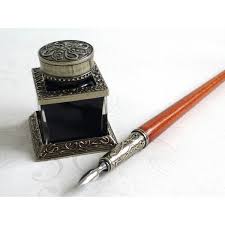
We used a dip pen and ink well for our writing. The schools generally provided the ink wells, which were fitted on to the desk, so we did not have to carry our ink bottles to the school every day. Dye for the ink was bought in powder or pill form for one or two cents and diluted with water to make the ink. Just then fountain pens came out in the market. Pilot and Parker were the initial models of fountain pens available. The nibs wasted too fast but there were pen repairers who would replace the nibs. We used Parker Quink ink for the fountain pens. They came in small bottles as they do now and also in large bottles with a spout to refill the small bottles. We did a lot of writing. The text books were scanty and the teachers gave copious notes to supplement the books.
Independence

In 1948 Sri Lanka gained independence. It was called Ceylon then. Herwald Ramsbotham Soulbury continued as Governor General until 1954. Most of the regional administrators had left. British heads of government departments were also leaving one by one.
Queen Elizabeth II, with Prince Philip
Queen Visited Sri Lanka in 1954 and celebrated her 28th birthday there with her husband Prince Phillip.
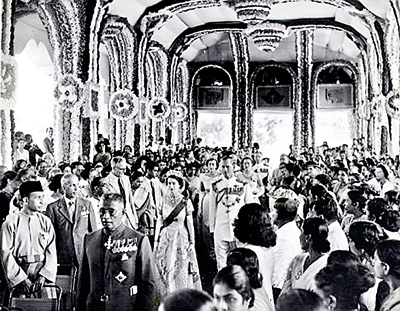
Agricultural
Jaffna was then predominantly an agricultural hinterland. Farmers worked hard. The would start their kerosene powered water pumps at 5 o’clock in the morning to irrigate their farms and will work till noon when it gets too hot to work. Jaffna produced more vegetables than what is required for the local population. The balance was sent to Colombo daily by trucks. Mangoes from Jaffna, during the season, were very popular in Colombo at that time.
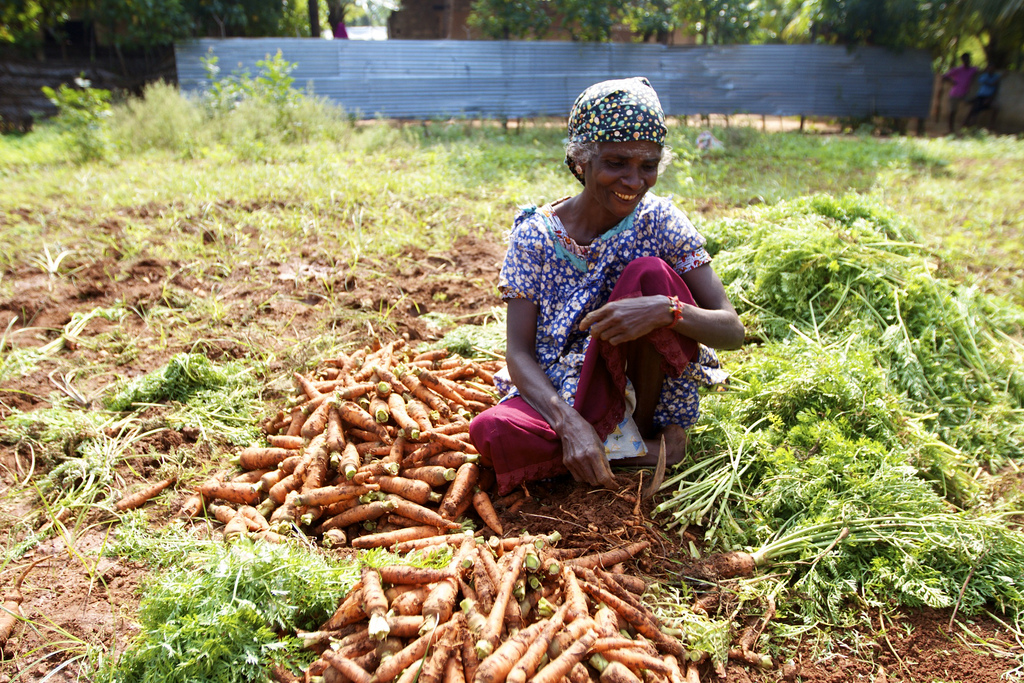
Most of the households will grow some vegetables in their backyard. Usually this is sufficient for their normal needs and they will not need to buy vegetables from the market. Only for an occasion like wedding or death of a family member they will buy vegetables from the market.
Jaffna also produced abundance of sea food. Surrounded on all sides by the sea, they were able to produce fish, prawns, crabs and squids in excess of their requirements and the surplus was sent to Colombo by trucks daily.
The sale of fruits , vegetables and seafood brought in tremendous purchasing power and decent standard of living in Jaffna.
In the Government
Most of the people from Jaffna sought jobs in the government and had a comfortable living with guaranteed pension. With O Level pass one could get a job as a clerk in the government. The salary would be around 200 rupees per month. A graduate teacher would get about Rs. 300 per month while a graduate in the government administration will earn about Rs. 340.
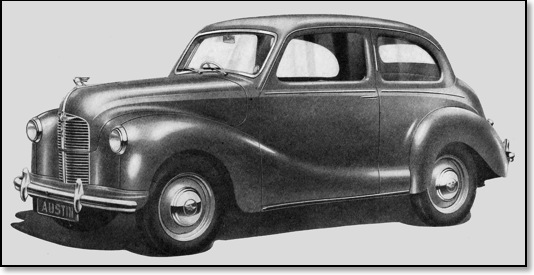
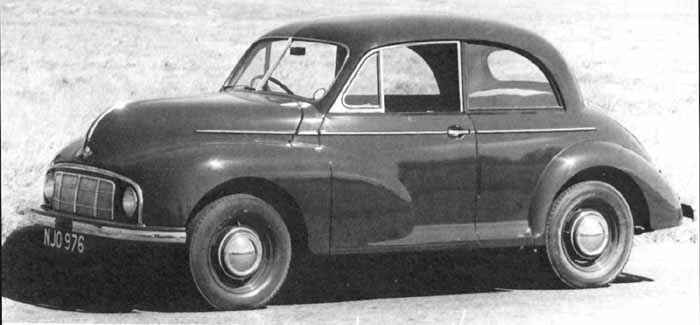
Austin A40, Morris Minor and Volkswagen were the most popular cars at that time. They would sell for less than Rs. 8000 brand new. A used car will cost only two to three thousand rupees. So, even a clerk in the government service or a teacher in a remote school could easily afford a car. Workshops in Jaffna became adept in repairing these cars. Even after the models became obsolete and the manufacturers stopped producing spares, the workshops could turn out the necessary spares and make the vehicle serviceable. One could see until recently, the vintage cars of the 1950s plying as hiring cars in Jaffna.
Jaffna at that time seemed to be more prosperous than other regions because of the income from agriculture, fishing and public service.
Teas Plantation Under British Rule
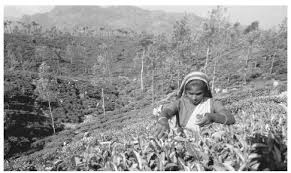
In the early 1950s, tea, rubber and coconut accounted for 90% of export earnings. Exports benefitted from high prices for tea and rubber. The balance of payment was in surplus. The per capita income of Sri Lanka was higher than that of South Korea, Taiwan and Thailand. The economy grew at an average rate of 4.5 percent.
Prime Minister
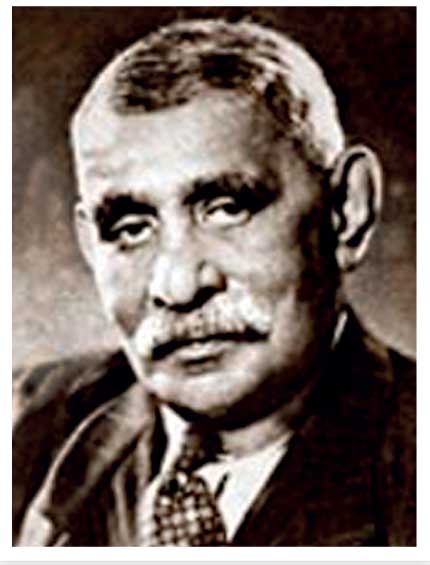
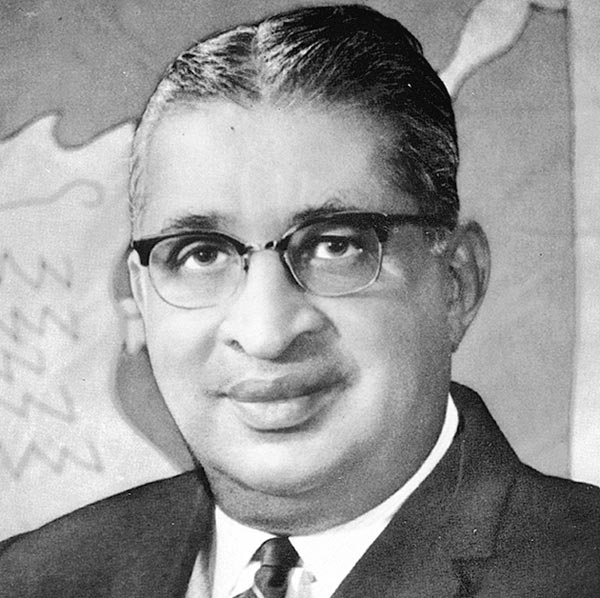
D. S. Senanayake was the Prime Minister until he died in 1952. He was succeeded by his son Dudley Senanayake, who resigned after one year in office.
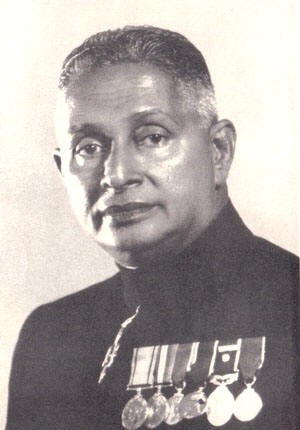
Sir John Kotalawale, uncle of Dudley Senanayake, became the Prime Minister and ruled until 1956. In the 1956 elections Sir John Kotalawale, a radically chauvinistic Sinhalese leader came to power. He was shot dead in 1959. During his time was the major anti-Tamil riots in 1958 and he did not use the state’s resources to control the riots.
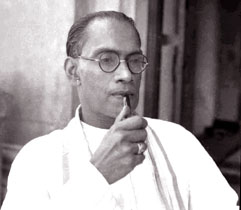
Finance
There was no shortage of imported goods. There was plenty and everyone was happy.
At that time, the currency value was directly linked to the price of gold – gold standard. A ten-rupee note was equal to one British pound and it would buy a gold coin of 7.93 grams. People would call the 10 rupees note a pound. The weight of 7.93 grams also came to be known as pound.
The Age of Intellectual Development
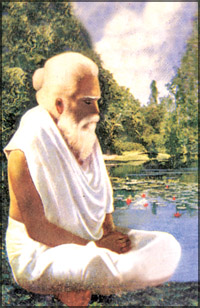
This was also the age of intellectual development in Jaffna. Most prominent personality was Yogaswami enlightened master. He had thousands of deciples. Two prominent men were :
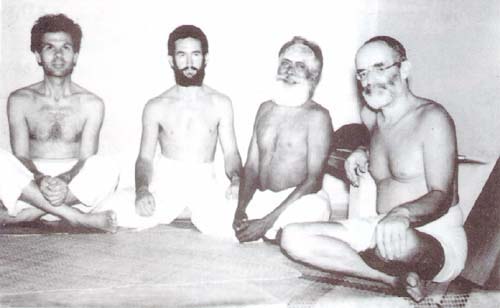
(1) Santhaswamy, who was the son of Lord Viscount Soulbury, who was the last Governor-General of Ceylon(mentioned earlier). His original name was James Ramsbotham and had master’s degree in philosophy. On the death of his father, he inherited his Viscountcy and became a member of the House of Lords. He had sought Yogaswami’s permission to renounce his Viscountcy in favour of his younger brother, but Swami refused. Instead, he initiated him into holy order and gave him the name Santhaswami.
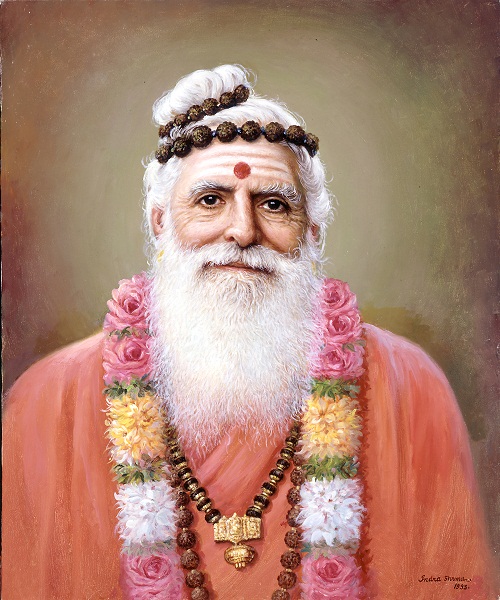
(2) Satguru Sivaya Subramuniyaswami, an American born as Robert Hansen was in search of his guru. He found Yogaswami gave him the name Subramuniya. Yogaswami who initiated Subramuniya into the holy orders of sannyasa and ordained him into his lineage with a tremendous slap on the back. Subramuniya took Yogaswami’s message back to America. He fulfilled his mission by building two temples of his own, giving blessings to dozens of groups to build temples in North America, Australia, New Zealand, Europe and elsewhere, gifting Deity images to 36 temples to begin the worship, and establishing the Hindu Heritage Endowment to support Hindu temples, organisations, relief efforts, publications and other institutions and projects worldwide.
Yogaswami also had Sinhala disciples such as Sam Wickramasinghe, I had met Yogaswami several times in Jaffna town during my school days.
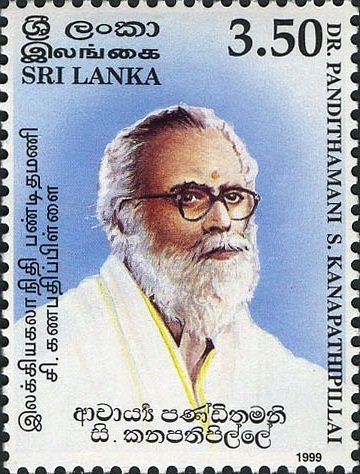
During this time S. Kanapathipillai was a Sri Lankan Tamil literary legend and Hindu revivalist. He spearheaded the development of prosaic literature in Tamil language. He was called Pandithamani, which means highest of all Pundits. Pundit is a learned person.
At that time one of my school teachers was doing his post graduate research in philosophy. He asked me to copy from Pandithamani’s hand written notes. There were no copying machines at that time. My hand writing was good then. I would set out early in the morning and walk one and a half kilometres and I would be near Pandithamani’s house by 7 O’clock in the morning. I would meet Pandithamani on his morning walk with tooth brush in his mouth. He would greet me and tell me to start my work and that he would be back soon to make coffee. At that time he had retired from his post as a lecturer in a Teachers’ training college. The retirement age then was 55. He was not married. He lived alone in his house. He was very healthy. I would work till noon to walk back home for a late lunch. I was about 12 or 13 years old then.
P.Kailasapathy was a Hindu philosopher of high standing at that time. Kanapathipillai kept a record of his thoughts which were subsequently published.
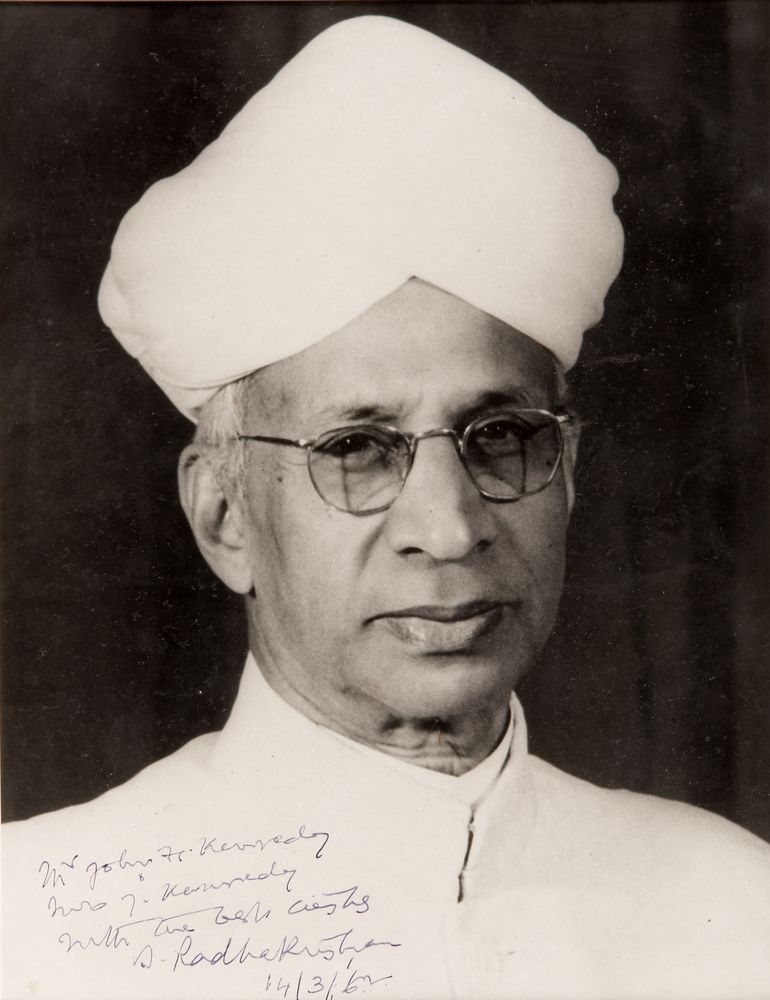
Dr. Sarvepalli Radhakrishnan, then Vice-President of India and a great philosopher, visited Jaffna. I went to listen to his speech. I do not remember any of what he said now. It is not common for foreign leaders to visit a small provincial town. But Radhakrishnan did it because the intellectual and philosophical development in Jaffna was well known outside the shores of Lanka. For the same reason, Mahatma Gandhi and Swami Vivekananda, visited Jaffna before him.
School
There was no power in my school. I was in the hostel. We used kerosene pressure lamps for lighting. There was a Lister diesel engine which was used to pump water from a deep well. I do not know why they did not connect a generator to the diesel engine to provide electricity to the hostel.Only Jaffna town had electricity powered by an outdated diesel engine with three story high shafts. Colombo and the whole of Western Province had power from Laxapana hydroelectric power plant. Today, Laxapana has a new power plant and contributes to major portion of the national grid.
The radio was on all day. Radio was powered by lead acid cell which were rotated fortnightly with a charged battery. Every fortnight an education department van will arrive to show 16mm educational and recreational films.
English was the medium of instruction. In 1956 Sinhala only act was passed. This led to bloody riots in 1958. In 1959 English was scrapped as medium of instruction. I had left the secondary school by then. From this time onwards Sri Lanka was on the road to economic downturn and poverty. Jaffna also became impoverished. One study reports: In 1956, 30 percent of the Ceylon administrative service, 50 percent of the clerical service, 60 percent of engineers and doctors, and 40 percent of the armed forces were Tamil. By 1970 those numbers had plummeted to 5 percent, 5 percent, 10 percent, and 1 percent, respectively.” For much of the 1960s government forms and services were virtually unavailable to Tamils, and this situation only partly improved with later relaxations of the law. This was the main reason for the later wars.
The land and part of the building of my school was donated to the government by a philanthropist who edited and published a Tamil newspaper in Jaffna. It was a big plot of land about 50 acres. The old building at the back was used as boys’ hostel. New school complex and girls’ hostel was constructed by the government. Old building at the front was used as office complex and staff accommodation. Today the school is no more. It is an army camp now. On my last visit to Sri Lanka, I could only view it from the outside as the premises were heavily guarded and the war was not over. The once majestic building now look melancholic with wounds of war of bomb and bullet holes. There was graffiti and dirt all over the walls. It is very sad.
This was the most happy and memorable part of my life.
